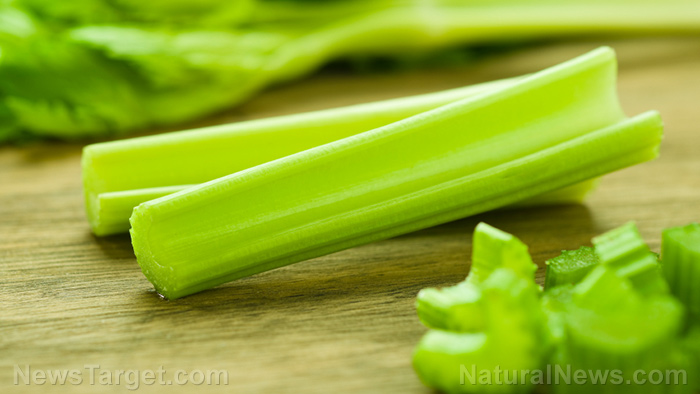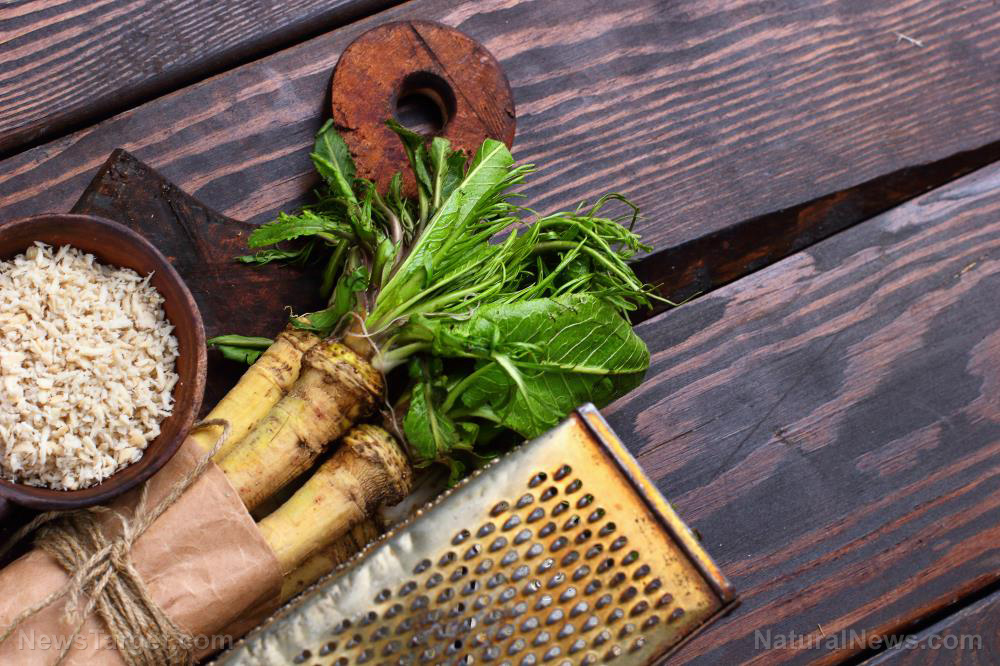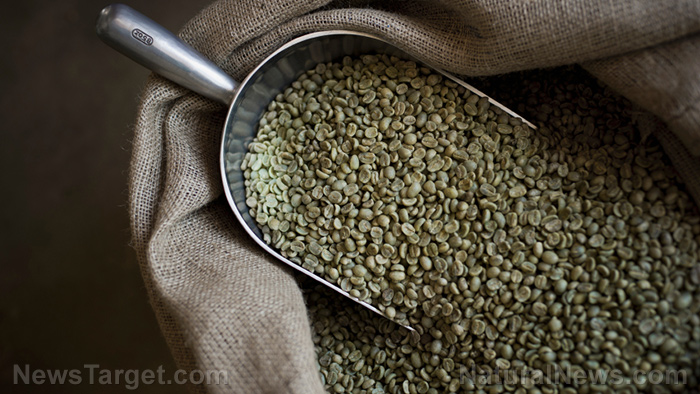The digestive benefits of celery (quick salad recipe included)
09/22/2019 / By Zoey Sky

A popular low-calorie food, celery is a crunchy vegetable with many nutritional benefits. For one, celery helps boost digestive health. It’s also a great source of antioxidants, vitamins, and minerals.
The nutritional profile of celery
A single celery stalk only has 1o calories, but the vegetable is full of important antioxidants.
Antioxidants protect your blood vessels, cells, and organs from oxidative damage.
Celery is low in sodium and it’s also a good source of beta carotene, flavonoids, and immunity-boosting vitamin C. Additionally, celery contains phytonutrients that help minimize inflammation in your blood vessels, cells, digestive tract, and organs.
Celery has a low glycemic index, which means it has a slow, steady effect on your blood sugar, making it a great snack if you have diabetes. Celery also contains vitamins A and K, along with folate and potassium.
The health benefits of celery
It reduces inflammation. Studies suggest that chronic inflammation is associated with various health problems like arthritis and osteoporosis. Celery and celery seeds contain at least 25 anti-inflammatory compounds that help prevent these conditions.
It can boost your digestive health. Celery contains pectin-based polysaccharides.
The vegetable also has a high water content. Made up of at least 95 percent water, celery is also full of insoluble and soluble fiber.
Water and fiber are essential for a healthy digestive tract and regular bowel movements. A cup of celery sticks contains at least five grams of dietary fiber that boosts digestion.
It helps increase your stomach acid, which promotes smooth digestion and breaks down the food that you eat. Consuming celery helps relieve bloating and indigestion. (Related: Is celery the powerful anti-cancer weapon we have all been waiting for?)
How to cook and store celery
Healthy celery leaves are crisp and fresh. Look for celery with pale to bright green leaves and don’t buy celery with yellow or brown patches.
When buying celery, look for sturdy, upright stalks. The stalks should snap easily, not bend, when you pull them.
Chop celery before cooking or serving. This helps maintain the vegetable’s essential nutrients.
It is best to consume steamed celery, which retains flavor and almost all of its nutrients.
Celery leaves have the most calcium, potassium, and vitamin C. The leaves don’t store well, so consume celery leaves after a day or two of purchase.
Celery is a versatile vegetable. It can be eaten raw as a snack, baked or steamed, or added to green smoothies, juices, salads, or soups.
Recipe for celery stalk salad with apples, goat cheese, grapes, and pecans
The celery salad recipe below is from “Ruffage,” a cookbook written by chef Abra Berens.
This yummy salad combines refreshing ingredients like apples, celery, and grapes. The recipe also includes crunchy toasted pecans and smooth, creamy goat cheese.
Serve this celery salad as a main or as a side to a meat-based dish.
Ingredients:
- 1 head (4 cups) of celery, remove the root end and stalk tips, cut the stalks in diagonal slices and set the leaves aside
- 1 pound of grapes, halved
- 1 tart apple, cut into ¼-inch slices
- 1 cup pecans, toasted
- ½ cup olive oil
- ¼ cup apple cider vinegar
- ¼ teaspoon salt
- ½ teaspoon black pepper, freshly ground
- 4 ounces organic, fresh goat cheese
Steps:
- Combine the chopped celery, celery leaves, grapes, apple, pecans, olive oil, apple cider vinegar, salt, and pepper in a bowl.
- Taste the salad, and add seasoning as desired.
- Transfer the salad to a serving platter, then add the goat cheese before serving.
Eat nutritious vegetables like celery and follow a balanced diet to boost your digestive health.
Sources include:
Tagged Under:
RECENT NEWS & ARTICLES
COPYRIGHT © 2017 SUPERFOODS NEWS



















